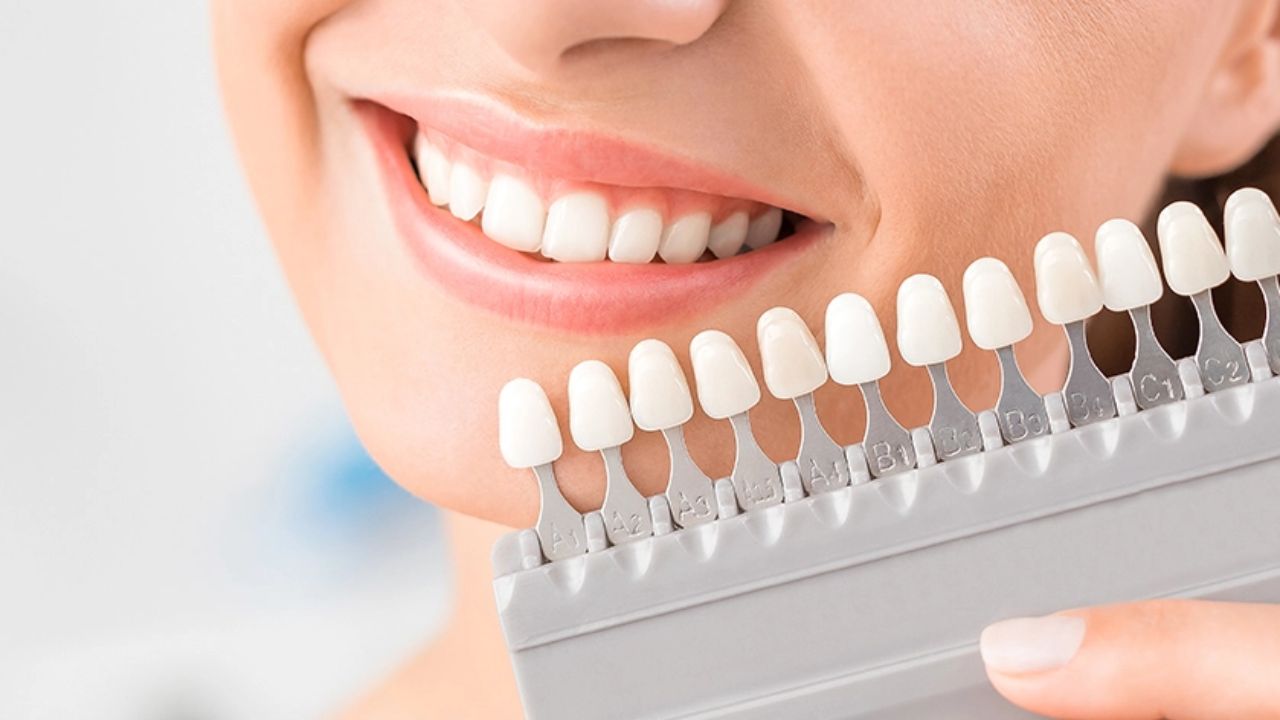Whitening strips are among the most popular products that people are ready to enhance the color of their teeth without going to a dentist. These strips can help make dental look far better even without going to the dentist and paying for it. Another consideration that is usually worth considering in the case of the use of teeth whitening strips is the efficiency of the strips and in most cases, this is dictated by the use of the tooth color charts. The teeth whitening strips with 6 HP packing include color charts.
Technique of using strips
Teeth whitening strips normally contain a peroxide gel which is directly applied on the teeth by plastic strips that outline the dental arch. The gel contains the active agent that is hydrogen peroxide or carbamide peroxide and when applied to the enamel surface of the teeth, the active agent penetrates the enamel and through oxidation, bleaches the teeth. It is a gradual process by which the application has to be done either daily or for several weeks to start noticing results.
About Tooth Colour Chart
In the case of the assessment of teeth whitening strips, the users employ tooth color charts. These charts provide a form of presentation that allows one to compare the color of the tooth before the treatment with that after the treatment. They subdivide the color of teeth into various categories from A1, the lightest color to C4, the darkest color to help the user track the rise in brightness of teeth.
The Use of Tooth Colour Charts
It is required to create a reference shade while beginning the process of using strips for bleaching teeth. This first measurement is the baseline that is used to compare the outcomes at the different stages of the treatment. The frequency and duration of the application should be as per the manufacturer’s recommendations to yield the best results.
Monitoring Progress
In the course of the whitening procedure, the users can from time to time match their present shade with the initial shade noted on the chart. Such a comparison enables one to determine the degree of whitening that has been attained and whether the process should be prolonged or terminated. Regular follow-up checks guarantee that the users get the expected tooth shade without compromising on the whiteness that may bring about sensitivity or an undesirable shade.
Factors Influencing Results
The effectiveness of the teeth whitening strips and the results as evaluated by tooth color charts depends on several factors. Some of these are the original color of the teeth, the time taken to apply the strip, the number of times the strips are applied daily or weekly, and differences in enamel thickness and their reaction to the whitening strips. Awareness of these variables assists the users to be ready in case of undesirable results and also assists in setting the right pace to achieve the intended results.
Conclusion
Tooth whitening strips can be said to be a relatively convenient approach to improving the aesthetics of teeth and tooth color charts as critical tools in assessing and evaluating the results of the treatment. Through the setting of a reference tooth shade and regular comparison to it, the users can obtain a satisfactory and healthy shade change with ease. Nevertheless, it is crucial to adhere to the recommendations and seek advice from dentists if any issues are experienced while whitening teeth. Used correctly and with supervision, the strips offer a certain amount of effectiveness in brightening the teeth and boosting self-esteem about one’s smile.


